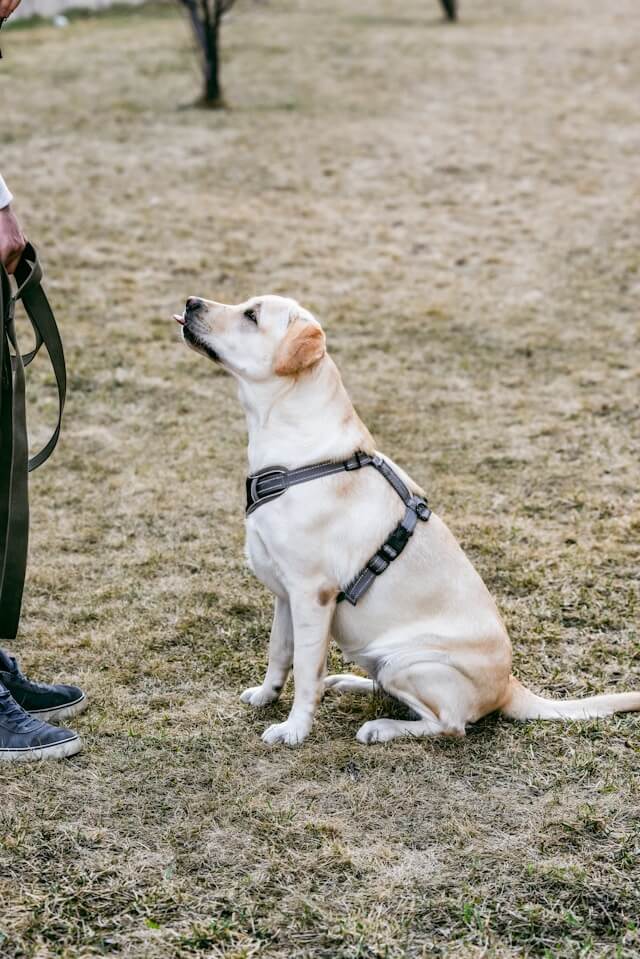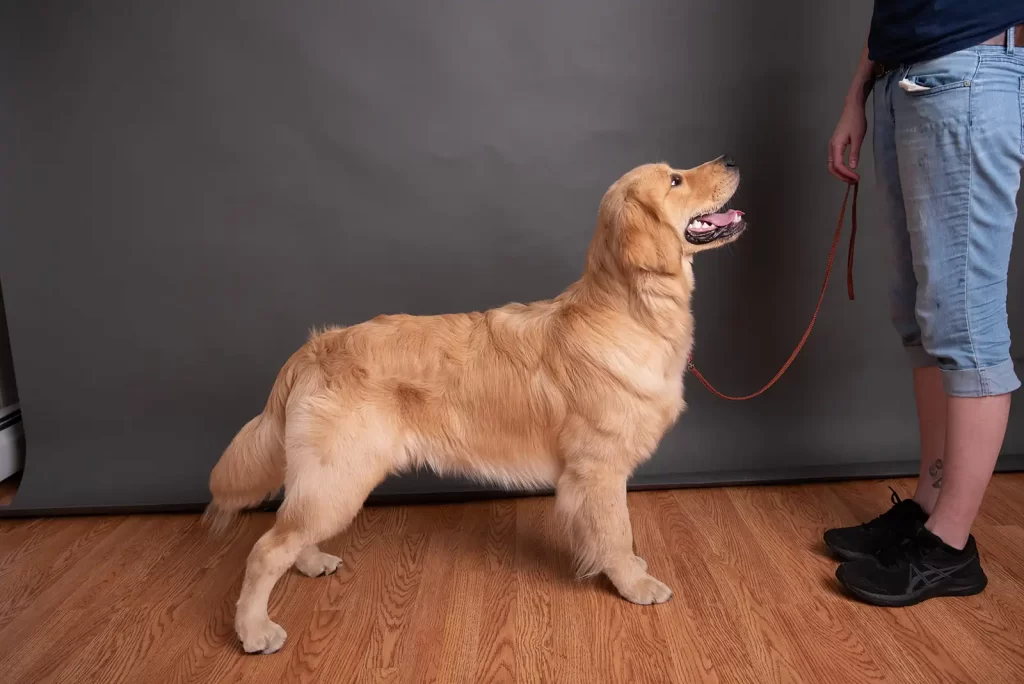Why Dogs Stop Listening During Training

Detailed Signs Your Dog is Just Going Through the Motions
Stress Signals
Dogs who are merely complying often show subtle signs of stress that are easy to miss if you’re only focused on whether they’re following commands. Their body language tends to be stiff or tense, even when they’re performing behaviors correctly. They might hold their tail low or tucked, or wag it in a tight, fast pattern that indicates anxiety rather than happiness. Their ears might be pinned back slightly, and they often avoid direct eye contact even while following commands.

The Deeper Issue: When dogs show stress signals during training, they’re communicating that the current approach is emotionally uncomfortable for them. Ignoring these signals and continuing with the same methods teaches dogs that their communication doesn’t matter, which can lead to more dramatic behavioral expressions later as they try to find ways to make their discomfort known.
Reluctant Compliance
These dogs often move slowly or hesitantly, as if they’re unsure about what’s expected of them or worried about making mistakes. They might perform the requested behavior but without any enthusiasm or obvious willingness. Their responses often seem delayed or reluctant, and they may need multiple repetitions of a command before responding. This hesitation indicates that they’re not confident in the training process or their ability to succeed.
Shutdown After Mistakes
When these dogs make errors, they often shut down further rather than trying again with enthusiasm. They might become even more hesitant, start avoiding eye contact, or show other signs of stress or confusion. This is a clear indication that the training approach is creating anxiety rather than building confidence. Some dogs may even try to appease by offering random behaviors or showing submissive body language.

Disengagement and Distraction
Dogs who are just going through the motions often seem mentally “checked out” during training sessions. They might look around at other things, seem easily distracted by minor environmental changes, or appear bored and uninterested. Their attention drifts frequently, and they seem to be waiting for the session to end rather than actively participating. Even when they perform requested behaviors, their focus is clearly elsewhere.
The Neurological Reality Behind Fear Related Listening Problems

What It Looks Like When Dogs Actually Want to Listen

The Missing Piece: Why Most Dogs Tune Out During Training
Now that you understand the emotional states that make dogs stop listening, you might be wondering: “Okay, but how do I actually get my dog INTO the right emotional state during training?”
The answer lies in something most dog owners completely misunderstand: rewards and motivation.
Here’s what most people get wrong: they think any treat or praise should work to keep their dog engaged. But dogs who are just going through the motions during training are often telling you that whatever you’re offering isn’t worth their genuine attention and enthusiasm.
When dogs truly want to listen during training, it’s because they’ve learned that working with you leads to things they find genuinely exciting and worthwhile. The key is figuring out what actually motivates YOUR individual dog – not what works for other dogs, not what you think should work, but what makes your dog’s eyes light up with genuine enthusiasm.
This is why understanding different types of rewards and how to use them effectively is crucial for getting dogs to actually listen during training sessions.
Understanding Food Movitvation

For food-motivated dogs, the type, timing, and delivery of treats can make an enormous difference in engagement levels. High-value treats – things your dog finds absolutely irresistible – should be reserved exclusively for training sessions to maintain their special status. Experiment with different textures, flavors, and temperatures. Some dogs love freeze-dried liver, others prefer soft, chewy treats like string cheese or cooked chicken, and some are motivated by crunchy options like freeze-dried salmon.
The key is finding what makes your dog’s eyes light up with genuine excitement. You’ll know you’ve found the right treat when your dog’s entire demeanor changes the moment they see or smell it. Their body language should become more alert and focused, and they should show obvious enthusiasm for working to earn that reward.
Beyond Food Rewards

Timing and Variety
What Happens When Your Dog Does Start Listening
Once you’ve addressed the emotional and engagement issues that make dogs stop listening during training, you might discover a whole new challenge: your dog performs beautifully in training sessions but still seems to “forget” everything when real life happens.
If your dog sits perfectly in your living room but acts like they’ve never heard the word when you’re at the dog park, or walks nicely on leash in your neighborhood but pulls like a freight train downtown, you’re dealing with a different but equally common problem.
Tired of a dog who won’t listen when it matters most? I offer virtual consultations worldwide to help you understand why your dog stops listening and create training approaches that build genuine engagement and reliable responses. Contact me to schedule your consultation and discover what it’s like to have a dog who actually wants to work with you because they’ve learned that training is fun, rewarding, and worthwhile.

